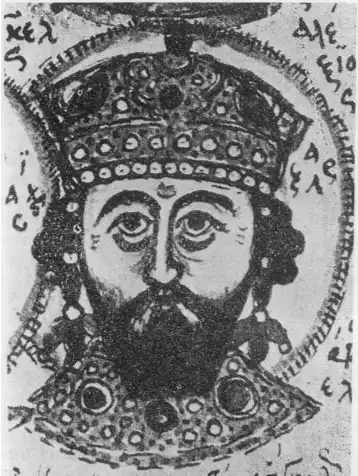
At the heart of the Byzantine Empire’s intricate tapestry of power and piety stood Alexios III Angelos (1153–1211), a figure whose life intertwines with the ecclesiastical and secular realms in ways that continue to fascinate and perplex historians and enthusiasts alike. His tenure as emperor, marked by a unique engagement with the church’s affairs, represents a period of significant turmoil and transformation.
The Crown and the Cross
Alexios III Angelos ascended the Byzantine throne during a period fraught with challenges both internal and external. His reign, a complex interplay of authority and spirituality, was a testament to the enduring intricacy of Byzantine politics. The emperor’s involvement in church affairs was not merely a reflection of personal piety or a strategic maneuver for political gain; it was an embodiment of the era’s inextricable linkage between the throne and the altar.
Navigating through the labyrinth of religious and political dynamics, Alexios III found himself at the epicenter of significant historical currents. His reign was characterized by a delicate balancing act, one that involved maintaining the sanctity of the church while ensuring the stability and prosperity of the empire. This intricate dance between secular power and spiritual authority was emblematic of the Byzantine conception of rulership, where the emperor was seen not only as a sovereign but also as a pivotal figure in the religious landscape.
The Tumult of Times
In the vortex of Byzantine history, the tenure of Alexios III was a chapter of significant upheaval and transformation. His rule coincided with periods of strife, where the fabric of the empire was stretched thin by internal dissent and external threats. Yet, amidst the tumult, his engagement with the church offered a semblance of spiritual respite and continuity. His intricate involvement in ecclesiastical matters was more than a political strategy; it was a testament to the era’s deep-seated belief in the divine right and responsibility of the emperor to uphold the spiritual welfare of his realm.
The emperor’s reign, therefore, must be understood not merely as a sequence of political events but as a pivotal chapter in the broader narrative of Byzantine spirituality and statecraft. Alexios III’s story is a mosaic of ambition, piety, and power, reflecting the multifaceted nature of Byzantine imperial ideology and its enduring legacy.
The saga of Alexios III Angelos, a Byzantine enigma wrapped in the vestments of power and piety, serves as a poignant reminder of the complexities of historical narratives. His life, a tapestry of triumphs and tribulations, offers a window into an era where the crown and the cross were intertwined in an intricate dance of authority and spirituality. As we turn the pages of history, the legacy of Alexios III continues to echo through time, a testament to the enduring allure of Byzantium’s storied past.
References
CONTINUITY AND CHANGE IN THE EMPIRE OF NICAEA
Alexios Angelos Komnenos, a Patron without History?
Observations on a Byzantine Manuscript in Harvard College Library
